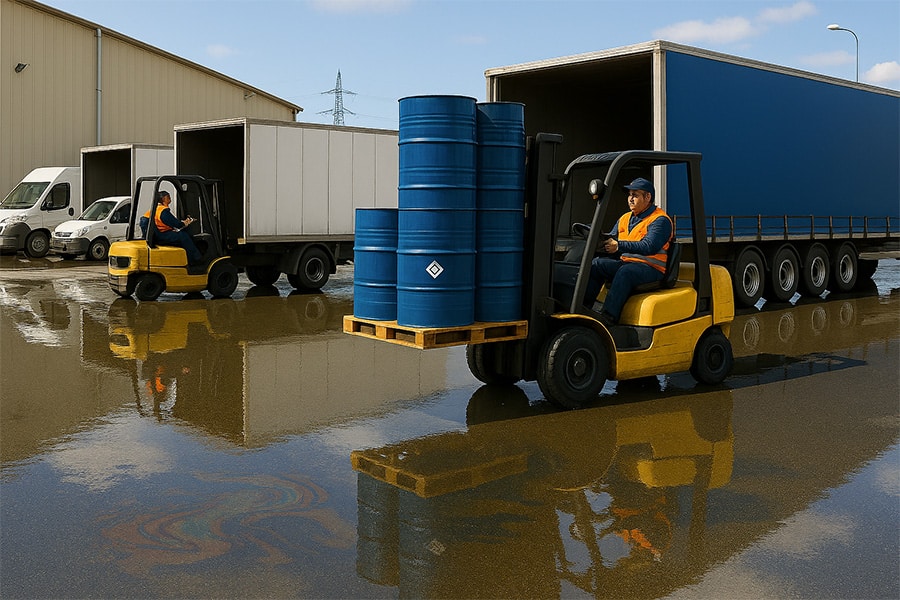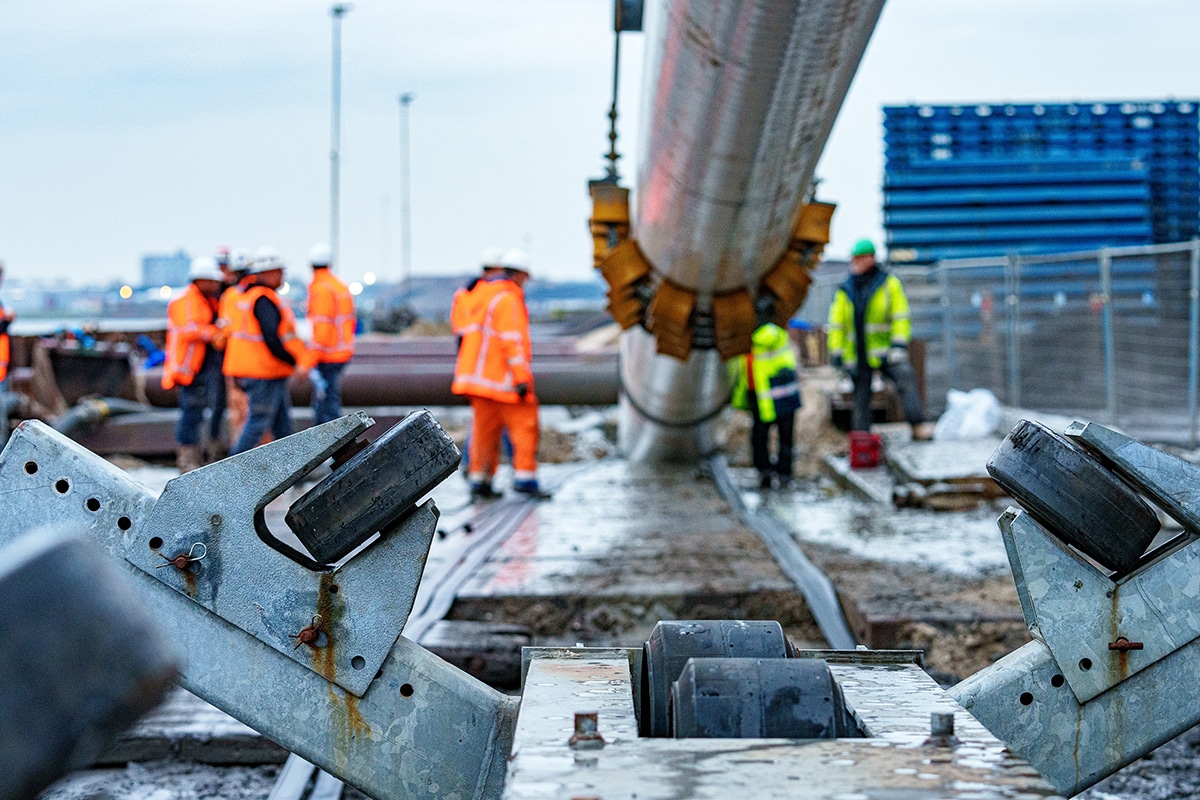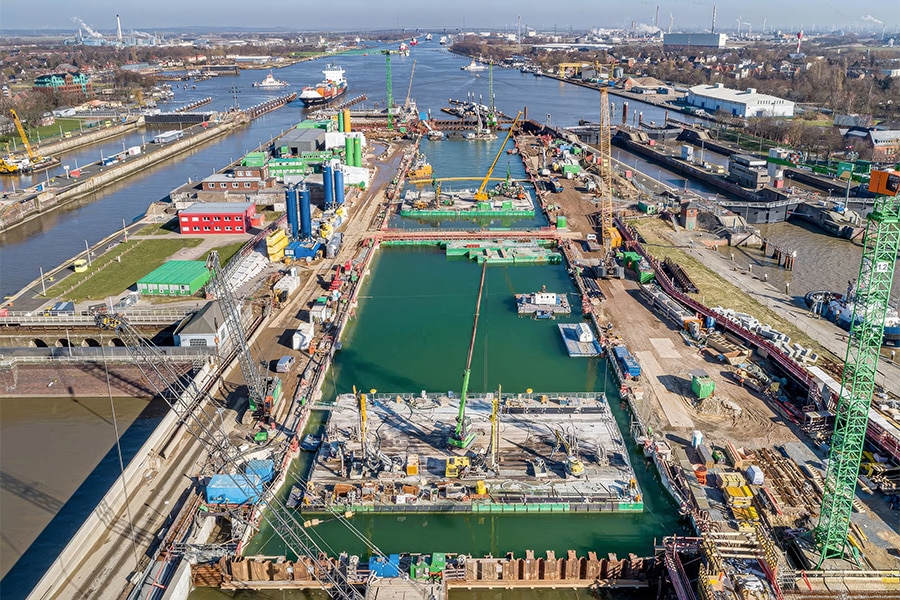
Critical and fresh perspective on risk
The Gorinchem-Waardenburg dike reinforcement project is obviously not without its risks. It is therefore important to identify and monitor all possible risks. A responsibility that construction inspection agency BouwQ is well suited to. As an independent party, they are responsible for risk management on behalf of the insurer Swiss Re.
'The importance of this project is great,' said Benno Bruinsma, risk controller at BouwQ. 'It is a very large dyke reinforcement operation that will take several years. That makes the chance of damage occurring during the process real. Think of excavation damage to cables and pipes, cracks in homes due to vibrations and subsidence but also, for example, a sudden weakening of the existing dike. Damage, large or small, always means a certain amount of delay and thus additional costs, but also, for example, damage to reputation and complaints from the surrounding area. Everyone, the contractors involved, insurers and local residents alike, therefore benefit from sound, independent risk management that focuses specifically on this issue.'

Additional precautions required
BouwQ is a club of experienced, expert and independent technicians and inspectors who strive for optimal safety and quality of construction works through targeted inspections in all phases and on all aspects of construction works and processes. They do so not only on behalf of government and contracting companies, but also on behalf of technical insurers. The latter is the case with the Gorinchem - Waardenburg dike reinforcement project. BouwQ is a Risk Control agency accepted by Dutch brokers and insurers. 'Construction work in a vulnerable environment like a dike reinforcement requires extra precautions to prevent construction risks. Taking out good construction and liability insurance is of course standard. We specifically assess within the scope of the insurance all relevant risks in the design phase and check during critical moments in the realization phase whether the necessary risk-mitigating measures have been taken. Starting point is the risk inventory on the project plan, the so-called zero report. We identify all major risks as well as the control measures already provided by the contractor. Where necessary, we make recommendations for additional measures. The risks from the baseline report are then followed up by BouwQ during the implementation phase. This involves checking whether all agreed measures are observed. Sometimes changes occur and the control measures prove insufficient to prevent damage. We then discuss this with the parties as quickly as possible.

High water season
What if Bruinsma and his colleagues identify a risk? 'The contractors themselves are responsible for correctly preparing and implementing the agreed control measures. We are not a daily supervisor but check every few weeks that this is actually happening. If we identify a risk during an inspection, we immediately discuss it with the contractor. Sometimes there are good reasons for a deviation from the plans. We then have to decide whether it is necessary to make a report of an increased risk to the insurer. As an example of a risk in dike reinforcement, Bruinsma cites a high-water wave during the work. 'Autumn and winter is the high-water season and this risk is greatest. This needs to be taken into account very carefully during the planning and execution of work on the existing dike. All the contractor's plans and measures on this are analyzed in detail by BouwQ.

Collaboration
Although as risk controller Bruinsma has a controlling function, he sees the added value of keeping all parties involved on their toes. "On the one hand, there is sometimes an area of tension between the risks we identify and how a contractor views them; of course, control measures do cost money. On the other hand, we strengthen each other because as an external party we have a fresh and at the same time critical view on things. We often come in new to an ongoing project and sometimes see risks that a project team has not yet noticed. In this way, we think and work with them and advise on additional measures, based on our experience in similar projects. After all, we all benefit if the dyke reinforcement work goes quickly and smoothly.'




